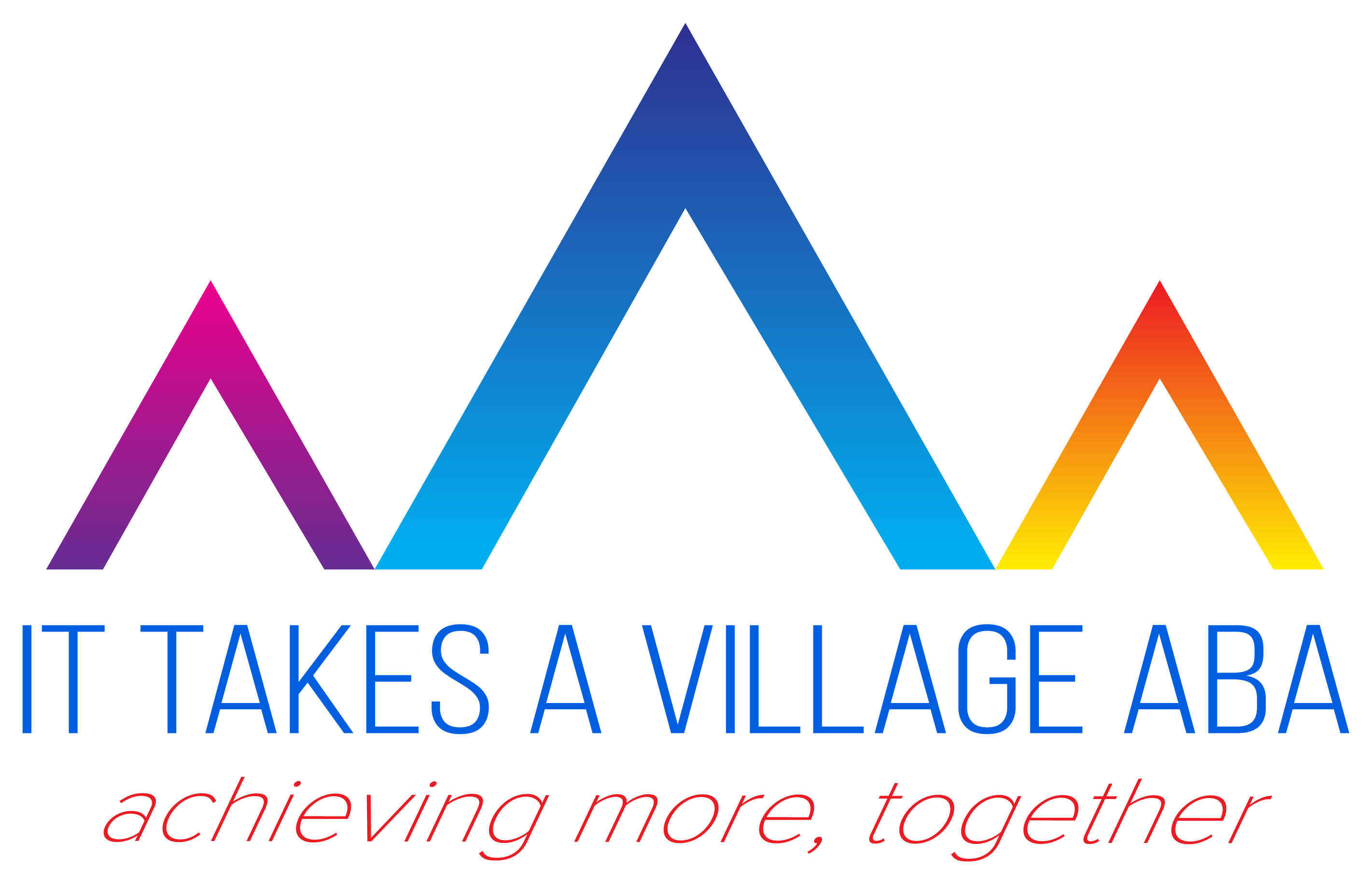Positive Reinforcement is a popular term and intervention in the world of Applied Behavior Analysis. Behavior analysts will use positive reinforcement before anything else because it is through this scientifically-proven method that desired behaviors increase.
Let’s take a closer look at what it is and looks like.
Positive reinforcement is the delivery of an event, or thing, that occurs immediately after a behavior and in response to that behavior. For instance, a husband receives a hug or a kiss from his wife after he makes dinner – it is assumed that if the husband enjoys affection, then his dinner-cooking behavior will increase in the future. Another behavior is a child hitting his light-up toy each time it stops singing; the child has learned that by hitting his toy it will light up, therefore his hitting behavior will occur again next time the toy turns off.
As mentioned earlier, positive reinforcement is the delivery of an event or tangible after engaging in said behavior. It happens all around us, every day. It is important to use positive reinforcement for behaviors we want to increase, and not on behaviors we want to see less of. A child receiving a chocolate bar after having a 5-minute tantrum will learn to engage in that behavior again for chocolate – instead, we should teach the child to ask for a candy appropriately to see that behavior increase in the future.
Disclaimer:
The information provided by https://ittakesavillageaba.com is for general informational purposes only. All information on the site is provided in good faith, however we make no representation or warranty of any kind, express or implied, regarding the accuracy, adequacy, validity, reliability, availability, or completeness of any information on the site. Under no circumstance shall https://ittakesavillageaba.com have any liability to you for any loss or damage of any kind incurred as a result of the use of the site or reliance on any information provided on the site. Your use of the site and your reliance on any information on the site is solely at your own risk.

